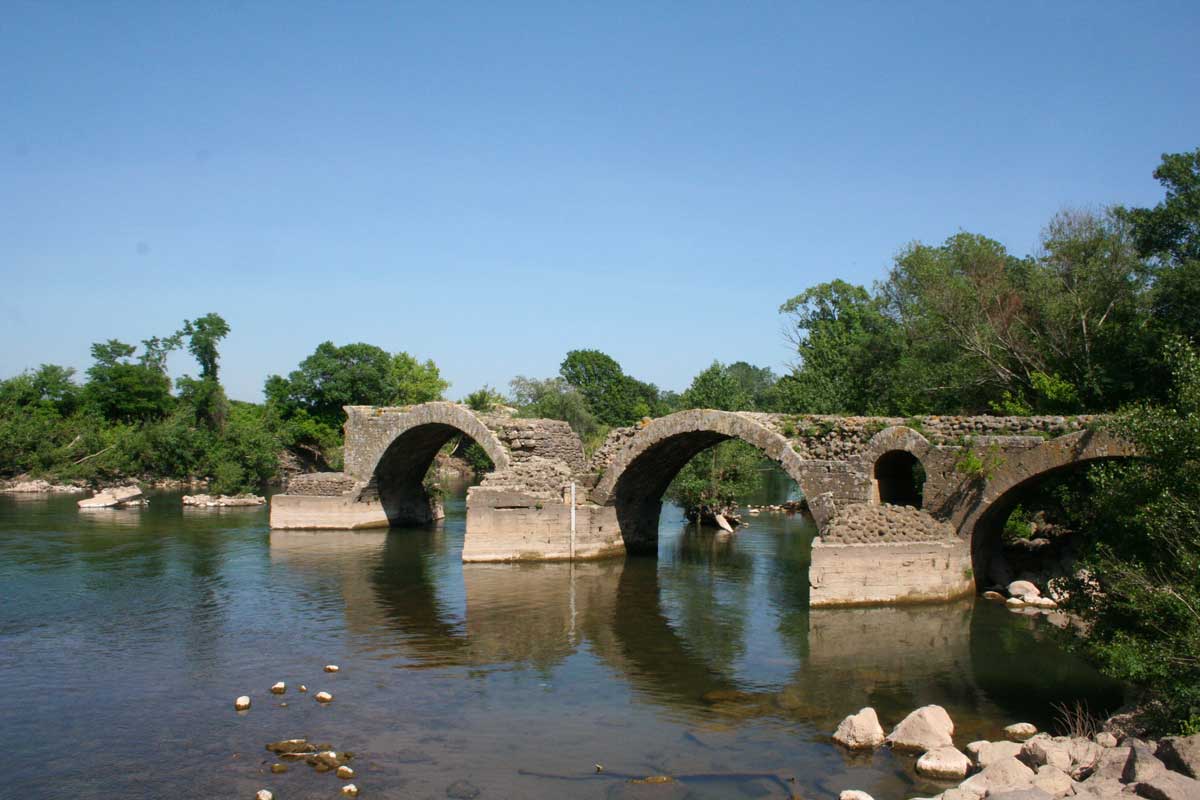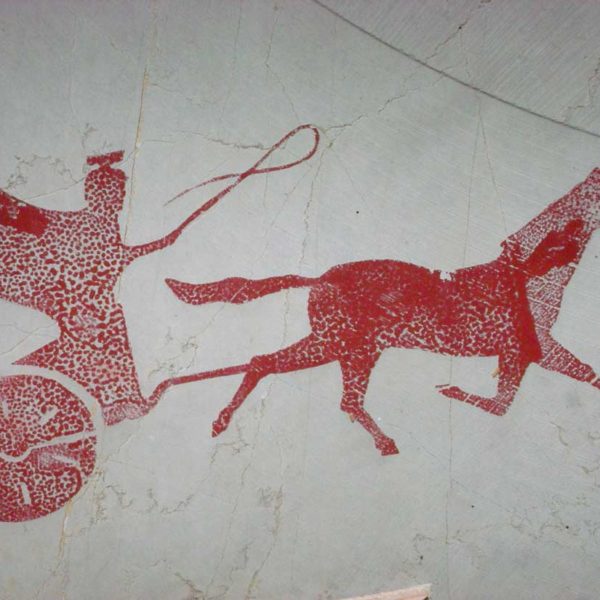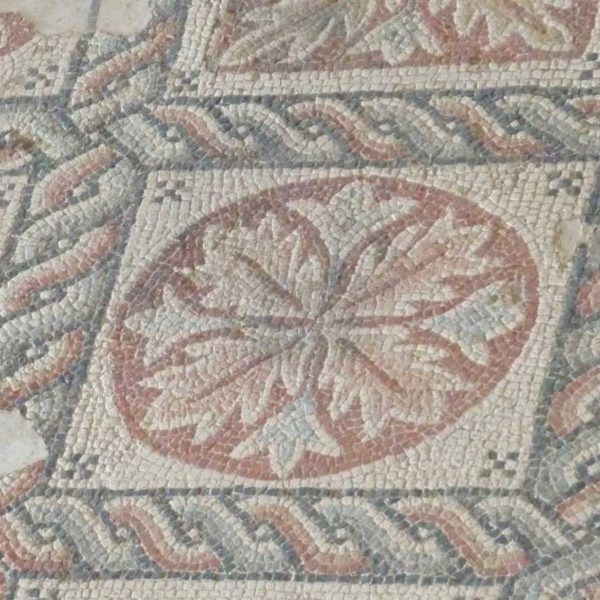Via Domitia: in the footsteps of the Romans
In 118 BC, the consul Domitius Ahenobarbus began building work on a road linking Italy to Spain, the Via Domitia. For several centuries, this trade route through the vineyards of Pays d’Oc, from Beaucaire to Perthus, formed the backbone of the region’s wine trade.
A trade route across the vineyards of Pays d'Oc
The first Roman way built in Gaul
France’s oldest road forms the backbone of Languedoc-Roussillon and the cornerstone of the Pays d’Oc wine region’s identity. The ancient route that once provided communication links with Rome by enabling chariots and Roman legions to travel, it cuts through several departments and its landscapes were shaped by the Romans who planted vines and olive trees.
Even today, the remains of the Via Domitia road system punctuate the landscape with its highways, milestones, fords and bridges. In Beaucaire, milestones bearing the name Caesar’s Columns mark its path. In Nîmes, it entered the city through Augustus Gate, which can still be seen today. A section of it, which was restored and landscaped after it was found in 1997, can be admired on the square outside the town hall in Narbonne in Aude.
But the past greatness of Roman civilisation is most tangible in the archaeological remains of the Roman villae, the rural residences complete with their large farms whose main purpose was to produce wine. In Narbonne and Béziers, the veterans of the Roman legions, often sons of winegrowers in Campania, received land which they converted into villas as a token of thanks for their long years of service. Several archaeological remains can still be visited, such as the Gallo-Roman villa in Loupian, the Mas des Tourelles estate near Beaucaire and the Vareilles villa in Hérault.




